Home>Articles>How Is The HVAC System Used To Reduce Humidity?
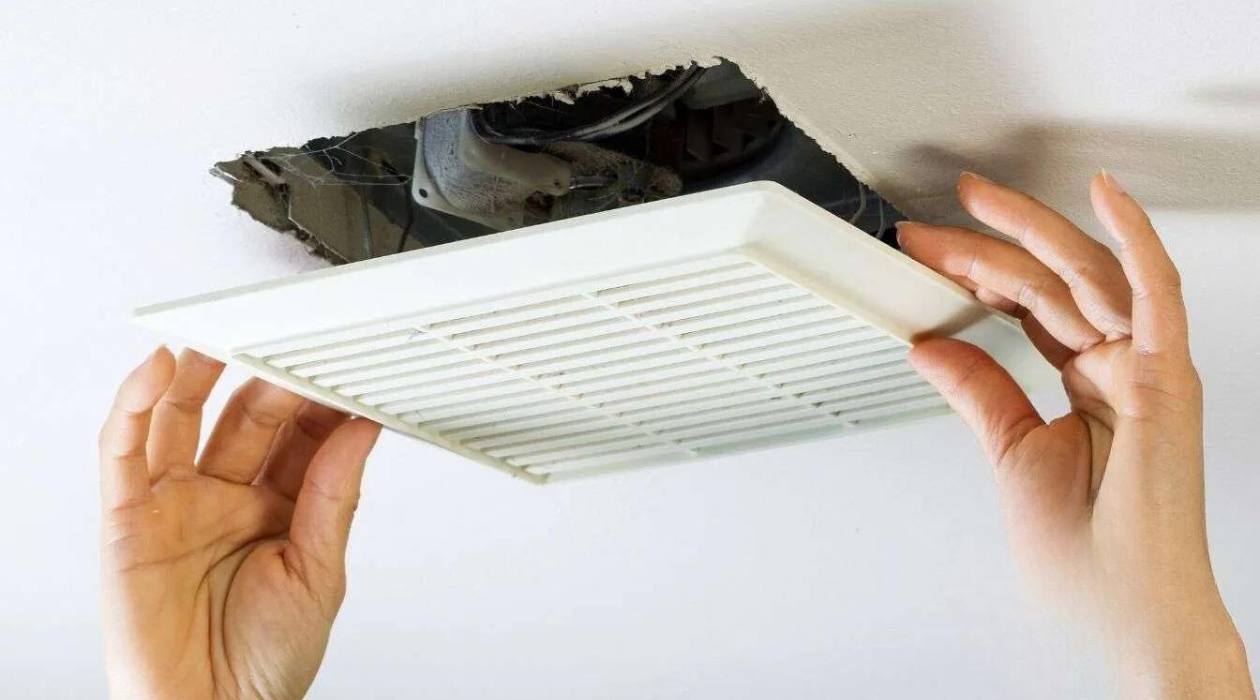

Articles
How Is The HVAC System Used To Reduce Humidity?
Modified: August 16, 2024
Learn how HVAC systems can effectively reduce humidity in your home. Read articles on how to control and manage humidity levels for a comfortable living environment.
(Many of the links in this article redirect to a specific reviewed product. Your purchase of these products through affiliate links helps to generate commission for Storables.com, at no extra cost. Learn more)
Introduction
Humidity is a common and often overlooked issue in many indoor environments. High humidity levels can cause discomfort, promote mold growth, and even lead to structural damage in buildings. This is where HVAC (Heating, Ventilation, and Air Conditioning) systems come into play. HVAC systems not only regulate temperature but also play a crucial role in reducing humidity levels.
In this article, we will explore how HVAC systems are used to reduce humidity, the factors affecting humidity control, the types of HVAC systems used for this purpose, the benefits of proper humidity control, and some maintenance tips for effective humidity reduction.
Key Takeaways:
- HVAC systems play a crucial role in reducing humidity levels through cooling, dehumidification, and ventilation, creating a comfortable and healthy indoor environment while preventing the growth of mold and mildew.
- Factors such as outdoor climate, building construction, occupancy, and system maintenance can affect humidity control, highlighting the importance of proper maintenance and system sizing for effective humidity reduction.
Read more: How To Reduce HVAC Noise
Understanding Humidity
Before diving into the specifics of how HVAC systems reduce humidity, it is important to have a basic understanding of humidity. Humidity refers to the amount of moisture present in the air. It is typically measured as a percentage and can range from extremely dry (low humidity) to very moist (high humidity).
High humidity can make the air feel heavy and muggy, while low humidity can lead to dry skin, irritated eyes, and static electricity. Maintaining an optimal humidity level is crucial for creating a comfortable and healthy indoor environment.
Role of HVAC Systems
HVAC systems are designed to regulate indoor temperature, but they also play a significant role in controlling humidity levels. This is achieved through a combination of cooling, heating, and ventilation techniques.
By removing excess moisture from the air, HVAC systems help create a balanced and comfortable environment. Additionally, they prevent the growth of mold, mildew, and other allergens that thrive in humid conditions.
How HVAC Systems Reduce Humidity
HVAC systems reduce humidity through a process called dehumidification. This process involves several components working together to extract moisture from the air.
Key Takeaways:
- HVAC systems play a crucial role in reducing humidity levels through cooling, dehumidification, and ventilation, creating a comfortable and healthy indoor environment while preventing the growth of mold and mildew.
- Factors such as outdoor climate, building construction, occupancy, and system maintenance can affect humidity control, highlighting the importance of proper maintenance and system sizing for effective humidity reduction.
Read more: How To Reduce HVAC Noise
Understanding Humidity
Before diving into the specifics of how HVAC systems reduce humidity, it is important to have a basic understanding of humidity. Humidity refers to the amount of moisture present in the air. It is typically measured as a percentage and can range from extremely dry (low humidity) to very moist (high humidity).
Humidity plays a significant role in our comfort and overall well-being. In environments with high humidity, the air can feel heavy and muggy, making it difficult to cool down and causing discomfort. On the other hand, low humidity levels can lead to dry skin, irritated eyes, and respiratory issues.
Understanding the concept of relative humidity is crucial in discussing the effects of humidity. Relative humidity is a measure of the amount of moisture in the air compared to the maximum amount it can hold at a given temperature. For example, if the relative humidity is 50%, it means the air is holding half of the maximum moisture it can hold at that temperature.
Humidity levels can vary depending on different factors, such as the climate, geographical location, time of year, and indoor activities. In tropical regions, for instance, humidity levels tend to be higher due to the proximity to bodies of water and the warm climate.
Humidity can also be influenced by human activities and the use of certain appliances. Activities like cooking and showering can release moisture into the air, while appliances like clothes dryers and humidifiers can increase humidity levels in confined spaces.
It is important to maintain a balanced humidity level in indoor environments to ensure comfort and prevent the growth of mold, mildew, and other allergens. The recommended humidity range for most indoor spaces is between 40% and 60%. However, certain areas, such as server rooms or museums, may require stricter humidity control to protect sensitive equipment or artifacts.
Now that we have a basic understanding of humidity and its effects, let’s explore how HVAC systems play a crucial role in reducing humidity levels.
Role of HVAC Systems
HVAC (Heating, Ventilation, and Air Conditioning) systems are essential components of modern buildings that are designed to provide a comfortable and healthy indoor environment. While their primary function is to regulate temperature, HVAC systems also play a significant role in controlling humidity levels.
Controlling humidity is important for several reasons. Excess humidity can lead to discomfort, promote the growth of mold and mildew, and even cause damage to the structure of a building. On the other hand, low humidity can result in dry air, which can cause skin irritation, respiratory problems, and damage to wooden furniture and fixtures.
HVAC systems are designed to maintain a balanced and optimal humidity level by removing excess moisture from the air. They achieve this through a combination of cooling, heating, and ventilation techniques.
When it comes to reducing humidity, HVAC systems primarily focus on the cooling process. As warm air is drawn into the HVAC system, it passes through a cooling coil or an evaporator coil. The coil contains a refrigerant that absorbs heat from the air, causing the moisture in the air to condense into liquid form.
Once the moisture has condensed, it is collected and drained away, while the cooled and dehumidified air is circulated back into the building. By removing moisture from the air, HVAC systems help create a more comfortable and conducive indoor environment.
In addition to the cooling process, HVAC systems also utilize ventilation to control humidity levels. Ventilation brings in fresh air from the outside while expelling stale air from the building. This constant exchange of air helps maintain proper airflow and prevents the buildup of excess humidity.
Furthermore, some advanced HVAC systems are equipped with humidity sensors that measure the level of moisture in the air. These sensors allow the HVAC system to adjust its operation based on the humidity level, ensuring optimal comfort and humidity control.
Overall, HVAC systems play a crucial role in maintaining optimal humidity levels in indoor environments. By effectively reducing excess moisture, they create a comfortable and healthy living or working space while preventing the growth of mold, mildew, and other potential health hazards.
Now that we understand the role of HVAC systems in humidity control, let’s explore the specific techniques used by these systems to reduce humidity.
How HVAC Systems Reduce Humidity
HVAC (Heating, Ventilation, and Air Conditioning) systems are equipped with a variety of mechanisms to effectively reduce humidity levels in indoor environments. These systems employ techniques such as cooling, dehumidification, and ventilation to maintain a comfortable and balanced humidity level.
The primary method used by HVAC systems to reduce humidity is through the cooling process. When warm air is drawn into the system, it passes over a cooling coil or evaporator coil. This coil contains a refrigerant that absorbs heat from the air, causing the moisture in the air to condense into liquid form.
As the air is cooled, the moisture in the form of condensation is collected and drained away, effectively removing excess moisture from the air. The cooled and dehumidified air is then circulated back into the building, creating a more comfortable and breathable environment.
In addition to cooling, modern HVAC systems often incorporate dehumidification mechanisms to further reduce humidity. These mechanisms can include dehumidifier units or components within the HVAC system that are specifically designed to extract moisture from the air.
A dehumidifier works by pulling air over a cold coil, much like the evaporator coil in the cooling process. As the air cools, the moisture in the air condenses and is collected in a drain pan or reservoir, effectively removing excess moisture from the air.
Some HVAC systems also utilize ventilation techniques to reduce humidity. Ventilation brings in fresh outdoor air and expels stale indoor air, promoting proper airflow and preventing the accumulation of excess moisture.
In addition to these techniques, modern HVAC systems may incorporate humidity sensors and programmable controls. These sensors measure the humidity level in the air, allowing the system to adjust its operation based on the desired humidity level. This ensures efficient and precise humidity control in different environments.
Factors such as the climate, size of the space, and specific humidity requirements will determine the type and capacity of the HVAC system needed for effective humidity reduction. Consulting with a professional HVAC technician can help determine the best system for specific needs.
By effectively reducing humidity, HVAC systems create a comfortable and healthy indoor environment. They help prevent the growth of mold, mildew, and other allergens that thrive in humid conditions. Proper humidity control also helps to protect furniture, electronics, and other sensitive materials from damage caused by excessive moisture.
Now that we understand how HVAC systems reduce humidity, let’s explore the factors that can affect humidity control in indoor environments.
Factors Affecting Humidity Control
While HVAC systems play a crucial role in reducing humidity, there are several factors that can affect the effectiveness of humidity control in indoor environments. Understanding these factors is essential for maintaining optimal humidity levels and ensuring the proper functioning of HVAC systems.
1. Outdoor Climate: The climate in which a building is located greatly impacts the indoor humidity levels. In humid climates, it can be more challenging to reduce humidity, as the outdoor air carries a higher moisture content. HVAC systems must work harder and employ additional dehumidification techniques to counteract the influx of humid outdoor air.
2. Building Construction: The construction and insulation of a building can greatly affect its ability to control humidity. Poor insulation can lead to air leaks and infiltration, allowing moisture to enter the building from the outside. Proper insulation and vapor barriers help prevent the infiltration of humid air and maintain controlled humidity levels.
3. Occupancy and Activities: The number of people occupying a space and their activities can greatly impact humidity levels. Activities such as cooking, bathing, and laundry can release moisture into the air, increasing humidity levels. Well-ventilated areas and exhaust fans are essential in spaces where moisture-generating activities occur to prevent excessive humidity buildup.
4. Indoor Plants: While indoor plants contribute to a healthier indoor environment, they also release moisture through the process of transpiration. Large numbers of plants in a confined space can contribute to elevated humidity levels. Proper ventilation and spacing of plants can help maintain balanced humidity in areas with indoor greenery.
5. HVAC System Maintenance: Regular maintenance of HVAC systems is crucial for effective humidity control. Clogged filters, malfunctioning condensate drains, and dirty components can hinder the system’s ability to remove moisture from the air. Regular inspections, cleaning, and timely repairs or replacements ensure optimal performance and humidity control.
6. System Size and Balance: The size and capacity of the HVAC system should match the specific needs of the space. An undersized system may struggle to adequately reduce humidity, while an oversized system may cool the air too quickly, neglecting proper dehumidification. Proper airflow balancing and regular system evaluation by professionals help ensure the system is operating efficiently and effectively.
7. Relative Humidity Setpoint: Setting the appropriate humidity level is crucial for comfort and energy efficiency. A relative humidity setpoint between 40% and 60% is generally recommended for most indoor spaces. However, certain areas, such as museums or server rooms, may require stricter humidity control to protect special equipment or sensitive materials.
Understanding these factors and addressing them appropriately will contribute to better humidity control in indoor spaces. Properly maintained HVAC systems, along with considerations for building design, activities, ventilation, and system sizing, will help maintain a comfortable and healthy indoor environment.
Now let’s explore the different types of HVAC systems commonly used for humidity control.
Types of HVAC Systems for Humidity Control
When it comes to controlling humidity levels in indoor environments, different types of HVAC (Heating, Ventilation, and Air Conditioning) systems are available to suit diverse needs. Each type of system has its own features and capabilities for effectively reducing humidity. Let’s explore some common types of HVAC systems used for humidity control:
1. Central Air Conditioning Systems: Central air conditioning systems are widely used in residential and commercial buildings to regulate temperature and reduce humidity. These systems consist of a central unit that cools and dehumidifies the air and distributes it through a network of ducts. Central air conditioners remove excess moisture by passing warm air over a cooling coil, causing the moisture to condense and drain away.
2. Heat Pump Systems: Heat pump systems are versatile HVAC systems that provide both heating and cooling. They are energy-efficient and can effectively reduce humidity. Heat pumps work by extracting heat from the air inside the building and transferring it outside during cooling mode. This process also removes moisture from the air, reducing humidity levels. Heat pumps can be an excellent option for moderate climates where both heating and cooling are required.
3. Dehumidifier Units: Dehumidifier units are standalone devices designed specifically to remove excess moisture from the air. They work by drawing in humid air, passing it over cooling coils to condense the moisture, and collecting the condensed water in a reservoir or draining it away. Dehumidifiers come in different sizes and capacities to suit various spaces and can be used in conjunction with HVAC systems or as standalone units in areas requiring targeted humidity control, such as basements or crawl spaces.
4. Variable Refrigerant Flow (VRF) Systems: VRF systems are advanced HVAC systems commonly used in larger commercial buildings. They provide precise cooling and heating control to individual zones within a building. VRF systems employ variable-speed compressors that can adjust the refrigerant flow to meet the cooling demand of each zone. This flexibility allows for more precise humidity control. These systems also have the ability to recover heat from one area and transfer it to another, contributing to energy efficiency.
5. Energy Recovery Ventilation (ERV) Systems: ERV systems are designed to provide controlled ventilation while recovering a portion of the energy from the exhaust air. These systems exchange the heat and moisture content between the incoming and outgoing air streams, helping to regulate humidity levels. ERV systems are commonly used in buildings where a balance between ventilation and humidity control is important, such as residential buildings or spaces with high occupant loads.
It is important to note that the type of HVAC system chosen for humidity control will depend on factors such as the size and layout of the space, climate conditions, and specific humidity requirements. Consulting with HVAC professionals can help determine the most suitable system for specific needs.
Now that we have explored the types of HVAC systems used for humidity control, let’s delve into the benefits of maintaining proper humidity levels in indoor environments.
Read more: How Many Amps Does An HVAC Use
Benefits of Proper Humidity Control
Maintaining proper humidity levels in indoor environments offers numerous benefits for the comfort, health, and overall well-being of occupants. Let’s explore some of the key advantages of effective humidity control:
1. Enhanced Comfort: Proper humidity control creates a more comfortable indoor environment. High humidity can make the air feel heavy and oppressive, causing discomfort and difficulty in cooling down. On the other hand, low humidity can result in dry and itchy skin, irritated eyes, and dry nasal passages. By maintaining optimal humidity levels, HVAC systems help create a pleasant and comfortable atmosphere for occupants.
2. Improved Air Quality: Excessive humidity can contribute to the growth of mold, mildew, and other allergens, leading to poor indoor air quality. Mold and mildew can release spores and allergens into the air, potentially causing respiratory problems and allergic reactions. By reducing humidity levels, HVAC systems help inhibit the growth of these harmful substances, resulting in improved air quality and a healthier living or working environment.
3. Prevention of Structural Damage: High humidity levels can cause structural damage to buildings over time. Excess moisture in the air can lead to the deterioration of building materials, such as wood, drywall, and insulation. Uncontrolled humidity can also promote the growth of mold and mildew on walls, ceilings, and other surfaces, leading to costly repairs and potentially compromising the structural integrity of the building. Proper humidity control provided by HVAC systems helps prevent these issues, ensuring the longevity and durability of the building.
4. Energy Efficiency: HVAC systems that effectively control humidity contribute to energy efficiency. When the air is too humid, it requires more energy for cooling as the moisture in the air retains heat. Conversely, when the air is too dry, it can feel colder, leading to increased demand for heating. By maintaining balanced humidity levels, HVAC systems can operate more efficiently, reducing energy consumption and lowering utility costs.
5. Preservation of Furniture and Belongings: Excess humidity can damage furniture, wooden fixtures, and delicate belongings. High humidity can cause wood to warp, paint to peel, and fabrics to deteriorate. By reducing humidity levels, HVAC systems help protect these items from damage, preserving their appearance and longevity.
6. Productivity and Comfort in Workspaces: In commercial settings, proper humidity control is essential for maintaining productivity and employee comfort. Excessive humidity can lead to employee discomfort, decreased focus, and reduced productivity. By maintaining optimal humidity levels, HVAC systems contribute to a more conducive and comfortable work environment, promoting employee well-being and efficiency.
Proper humidity control offered by HVAC systems not only enhances comfort but also contributes to the overall health, longevity, and efficiency of indoor spaces. Whether in residential buildings, commercial establishments, or industrial settings, effective humidity control creates a more comfortable, healthier, and productive environment for occupants.
Now, let’s explore some maintenance tips for ensuring effective humidity reduction in HVAC systems.
Maintenance and Tips for Effective Humidity Reduction
Maintaining effective humidity reduction in HVAC (Heating, Ventilation, and Air Conditioning) systems requires regular maintenance and adherence to specific practices. Here are some maintenance tips and strategies to ensure optimal humidity control:
1. Regular System Inspections: Schedule regular inspections by HVAC professionals to assess the condition and performance of the system. They can identify any issues or malfunctions that may hinder humidity control. These inspections should include checking the condensate drains, filters, coils, and fans for any signs of clogging or damage.
2. Clean or Replace Filters: Dirty filters can impede airflow and affect the system’s ability to remove moisture effectively. Clean or replace filters regularly, following the manufacturer’s guidelines. This ensures proper airflow, efficient operation, and optimal humidity control.
3. Keep Drains Clear: Ensure that condensate drains are clear of any debris or obstructions. Clogged drains can prevent the removal of condensed moisture, leading to water buildup and potential damage to the system. Regularly check and clean the drains to maintain proper humidity control.
4. Insulate Ductwork: Proper insulation of ductwork minimizes condensation and prevents moisture buildup. Inspect the ductwork for any signs of insulation damage or leaks. Recaulk or repair any openings to ensure that cool air is delivered efficiently without any moisture accumulation.
5. Check Ventilation: Proper ventilation is essential for maintaining a balanced airflow and controlling humidity levels. Ensure that vents and air registers are not obstructed. Regularly check and clean them to promote proper airflow throughout the space.
6. Monitor and Adjust Thermostat Settings: Pay attention to the thermostat settings and ensure they are appropriate for humidity control. Adjust the settings according to the desired humidity level and the specific needs of the occupants. Programmable thermostats can be used to maintain consistent humidity levels throughout the day, optimizing comfort and energy efficiency.
7. Address Leakages or Moisture Intrusion: Any water leaks or moisture intrusion in the building should be identified and addressed promptly. Moisture from leaks can contribute to increased humidity levels. Inspect and repair any plumbing leaks, roof leaks, or water ingress points to prevent moisture from entering the indoor space.
8. Humidity Monitoring: Install humidity sensors or use hygrometers to monitor humidity levels in different areas of the building. Regularly check the readings to ensure that humidity remains within the desired range. This allows for timely adjustments and ensures effective humidity control.
9. Consider Supplemental Dehumidifiers: In areas with specific humidity concerns, such as basements or crawl spaces, consider using supplemental dehumidifiers. These can work in conjunction with the HVAC system to provide targeted humidity control in areas prone to excess moisture.
10. Regular Professional Maintenance: Engage professional HVAC technicians to conduct routine maintenance, including cleaning coils, checking refrigerant levels, and inspecting overall system performance. Regular professional maintenance helps identify any potential issues and ensures optimal humidity control.
By following these maintenance tips and strategies, HVAC systems can maintain effective humidity reduction, providing a comfortable and healthy indoor environment. Regular inspection, cleaning, and adjustments will contribute to the system’s efficiency, longevity, and ability to control humidity levels.
Now that we have covered the maintenance tips, let’s summarize the key points discussed in this article.
Conclusion
Proper humidity control is essential for creating a comfortable, healthy, and conducive indoor environment. HVAC (Heating, Ventilation, and Air Conditioning) systems play a crucial role in reducing humidity levels and maintaining a balanced humidity range. By effectively removing excess moisture from the air, HVAC systems contribute to enhanced comfort, improved air quality, and the prevention of structural damage.
Through techniques such as cooling, dehumidification, and ventilation, HVAC systems effectively reduce humidity. The cooling process involves passing warm air over a cooling coil, causing the moisture to condense and drain away. Additionally, HVAC systems utilize dehumidification mechanisms and ventilation to maintain optimal humidity levels, preventing the growth of mold, mildew, and other allergens.
Several factors can affect humidity control, including outdoor climate, building construction, occupancy and activities, indoor plants, and HVAC system maintenance. Understanding these factors helps ensure effective humidity reduction and proper system operation.
Different types of HVAC systems are available for humidity control, including central air conditioning systems, heat pump systems, dehumidifier units, variable refrigerant flow (VRF) systems, and energy recovery ventilation (ERV) systems. Choosing the right system depends on factors such as the size of the space, specific humidity requirements, and climate conditions.
The benefits of maintaining proper humidity levels are numerous. They include enhanced comfort, improved air quality, prevention of structural damage, energy efficiency, preservation of furniture and belongings, and increased productivity in workspaces.
To ensure effective humidity reduction, regular maintenance and adherence to specific practices are necessary. This includes regular system inspections, cleaning or replacement of filters, keeping drains clear, insulation of ductwork, monitoring and adjusting thermostat settings, addressing leakages or moisture intrusion, and considering supplemental dehumidifiers.
By implementing these maintenance tips and strategies, HVAC systems can effectively control humidity levels, creating a comfortable and healthy indoor environment for occupants. Regular professional maintenance and monitoring of humidity levels are important to ensure optimal performance and humidity control.
In conclusion, proper humidity control through well-maintained HVAC systems contributes to the overall well-being, comfort, and efficiency of indoor spaces. By providing a balanced and comfortable environment, HVAC systems promote a healthier and more enjoyable living and working environment for all.
Frequently Asked Questions about How Is The HVAC System Used To Reduce Humidity?
Was this page helpful?
At Storables.com, we guarantee accurate and reliable information. Our content, validated by Expert Board Contributors, is crafted following stringent Editorial Policies. We're committed to providing you with well-researched, expert-backed insights for all your informational needs.
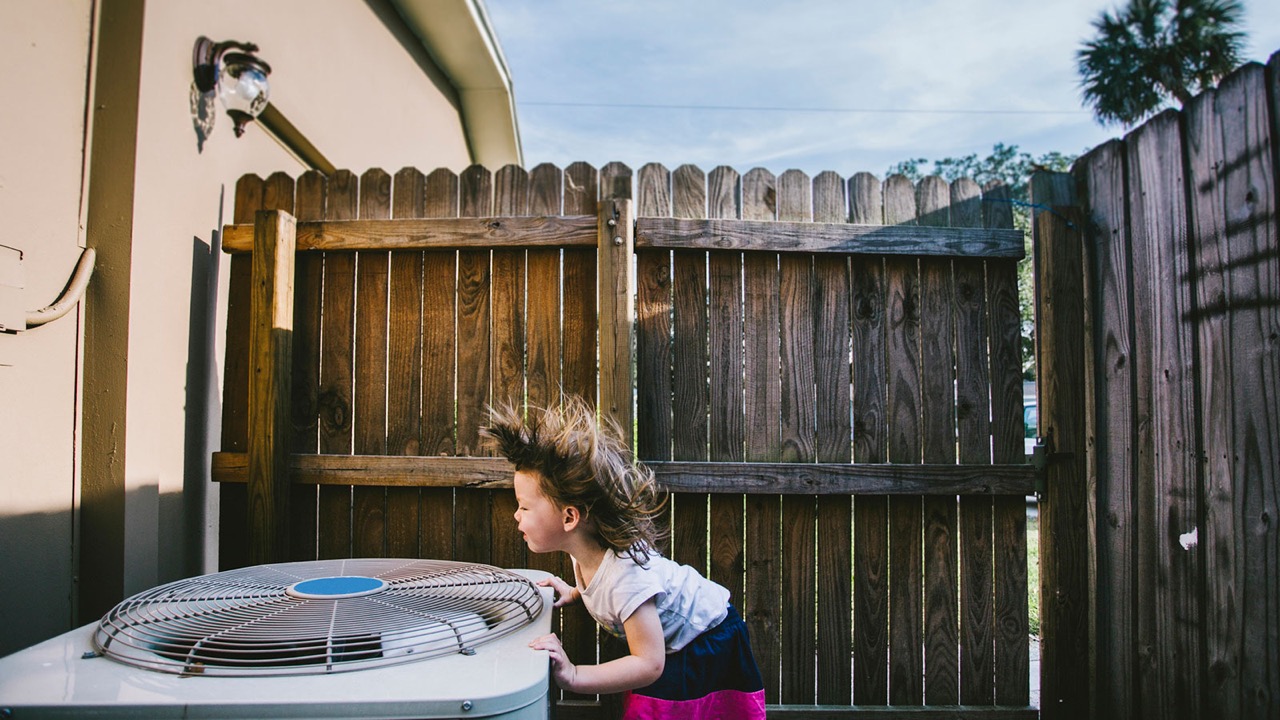
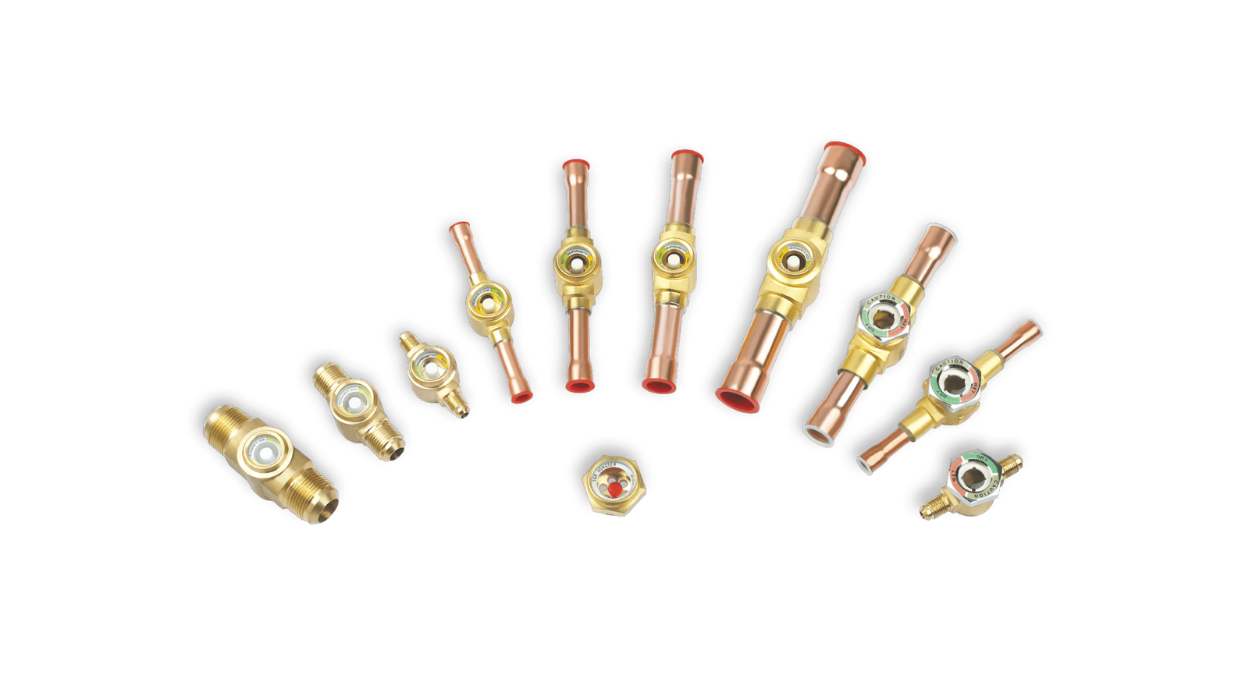
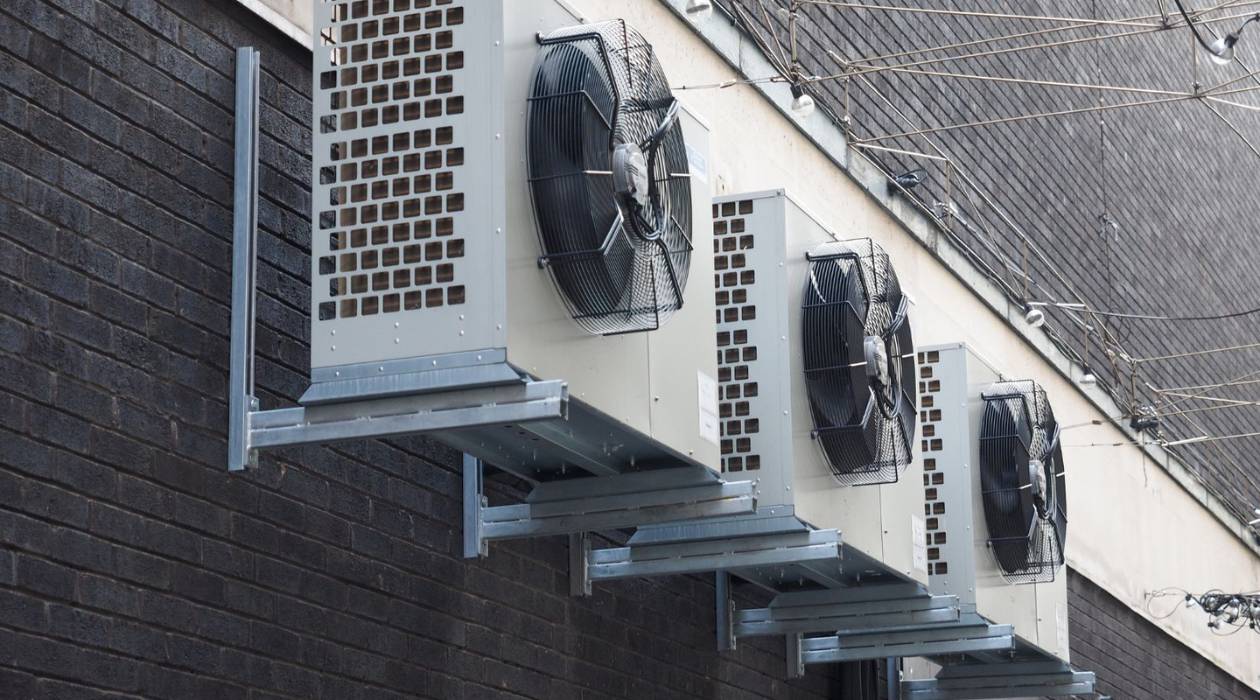
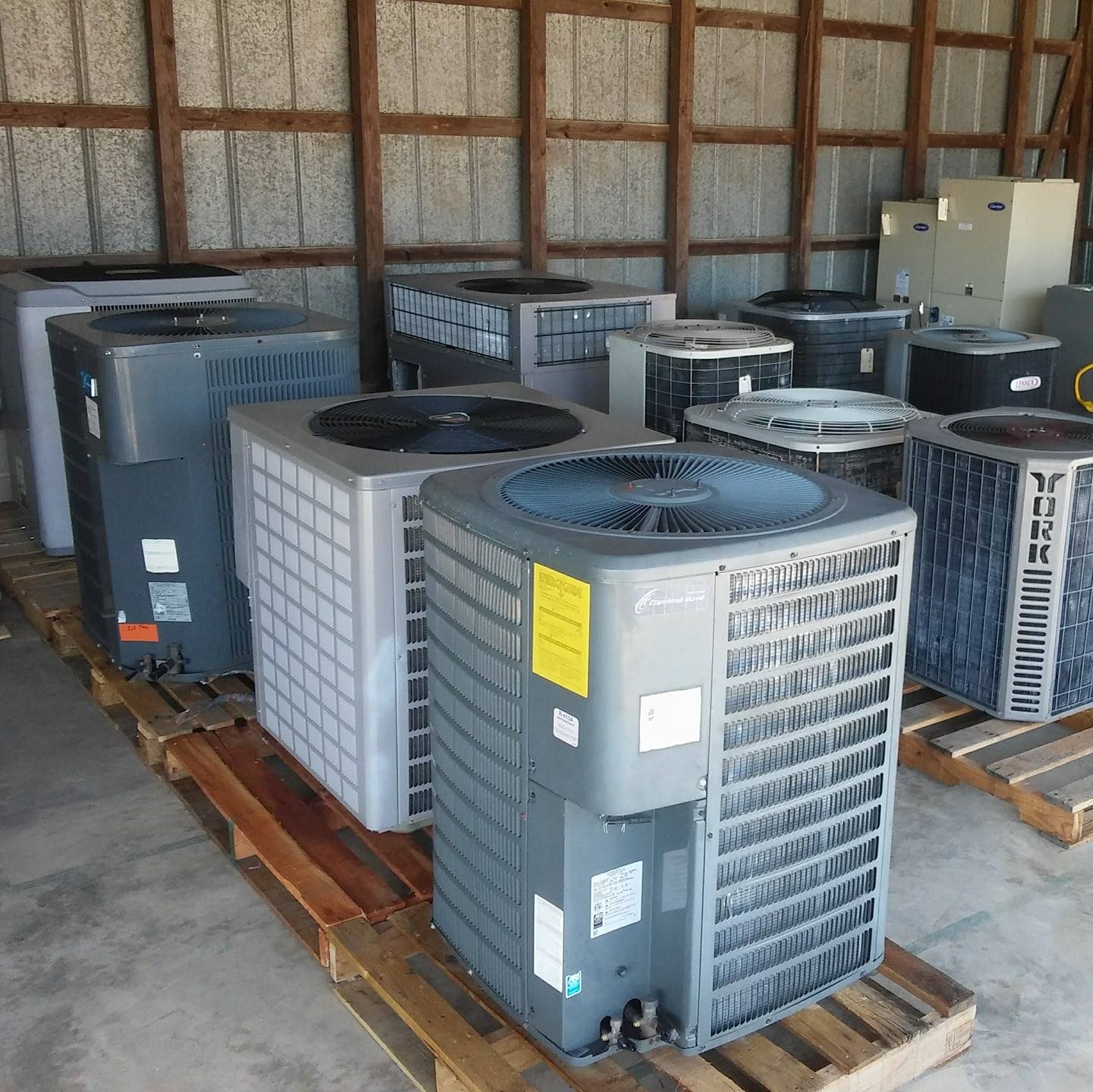

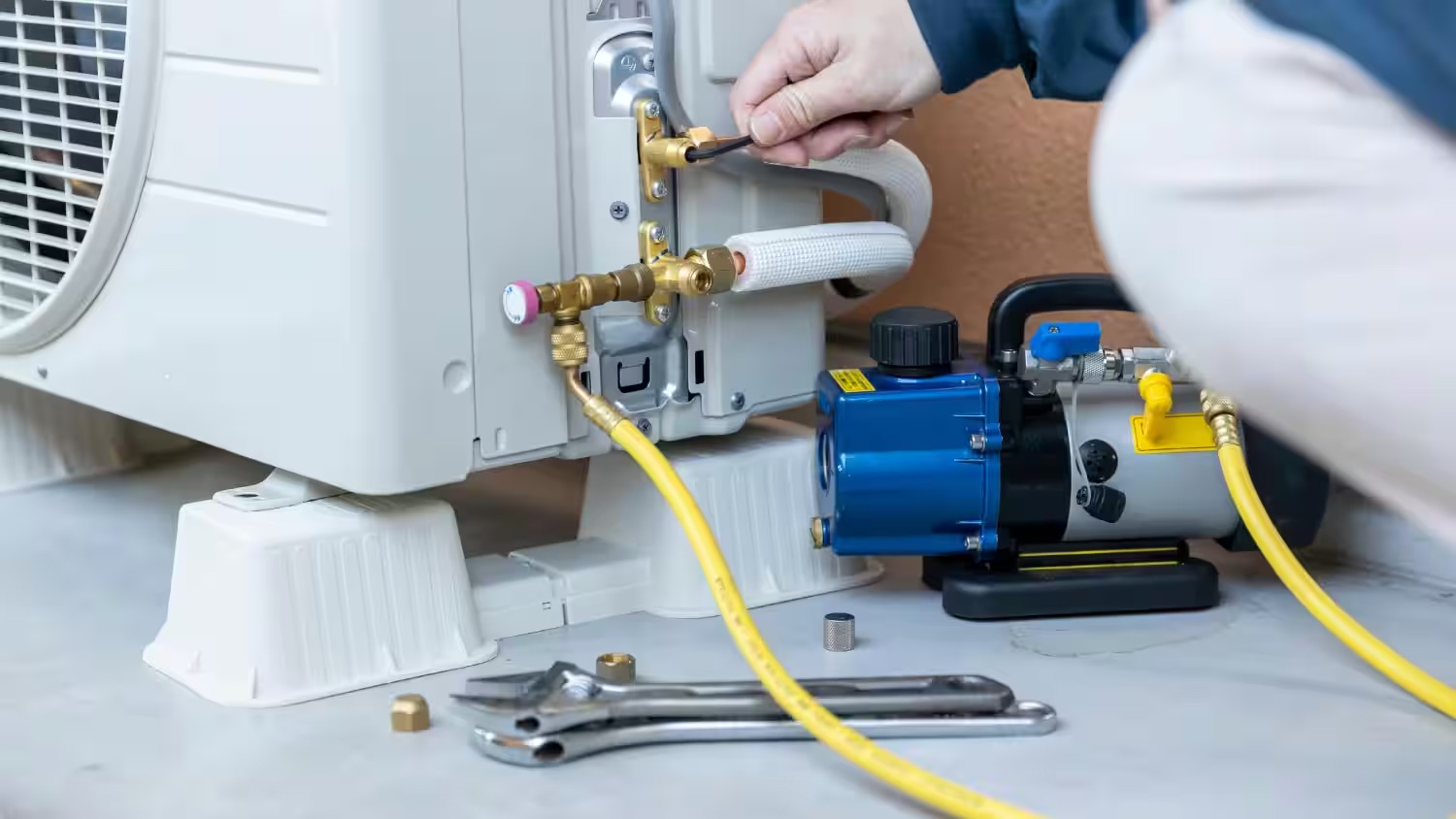
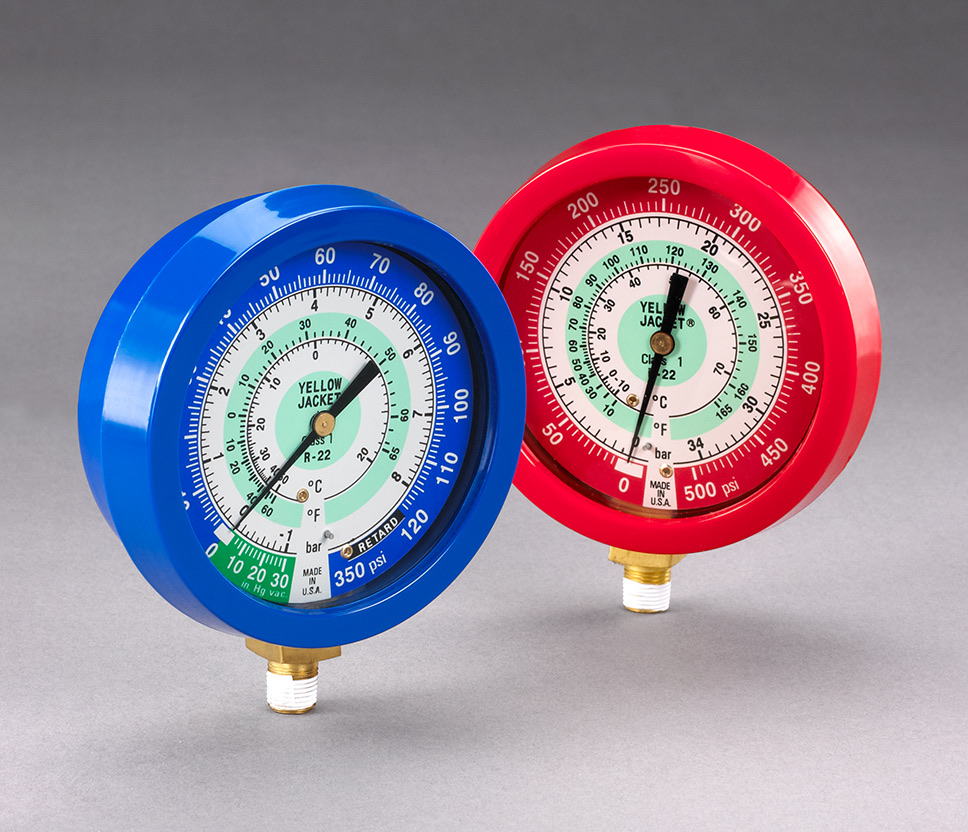
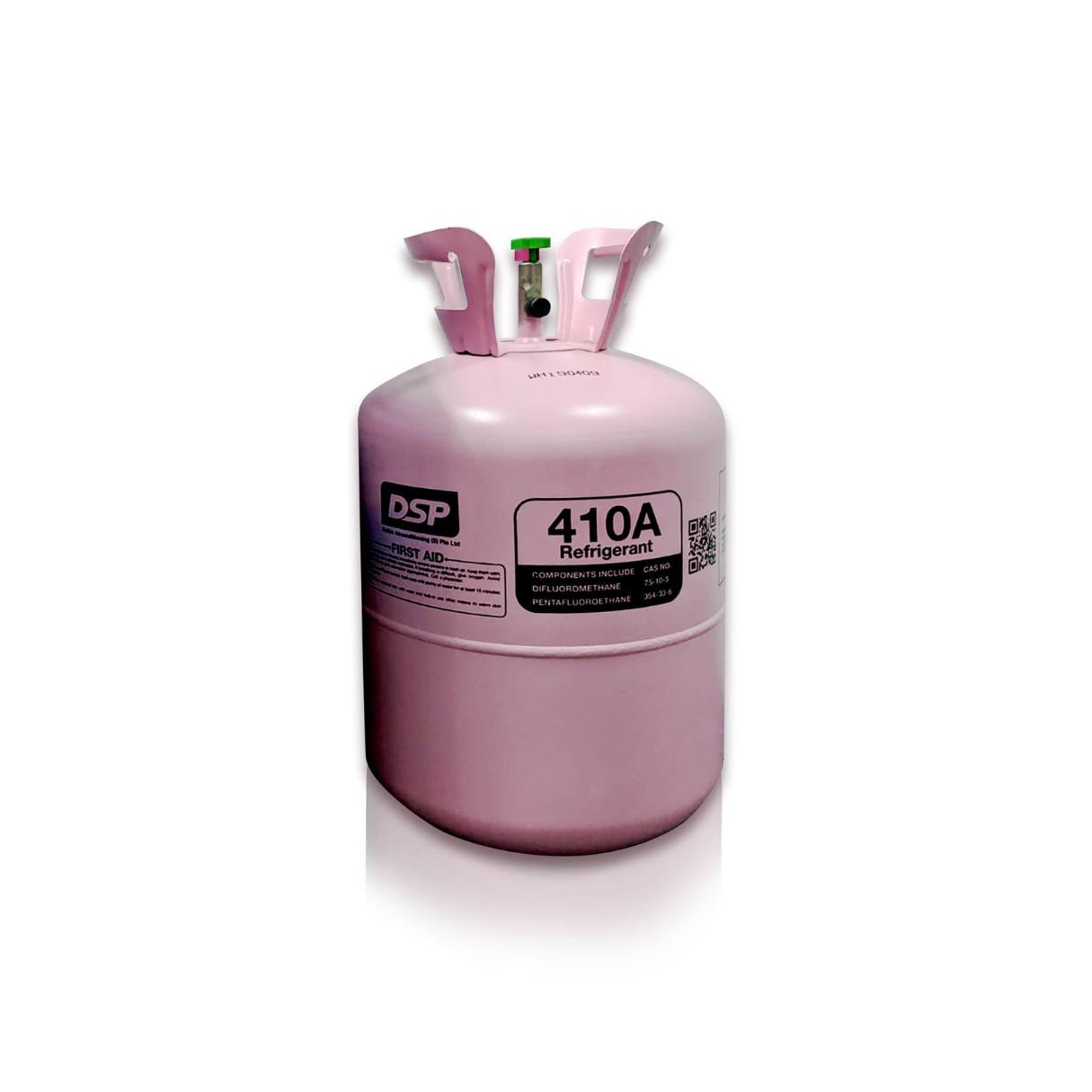
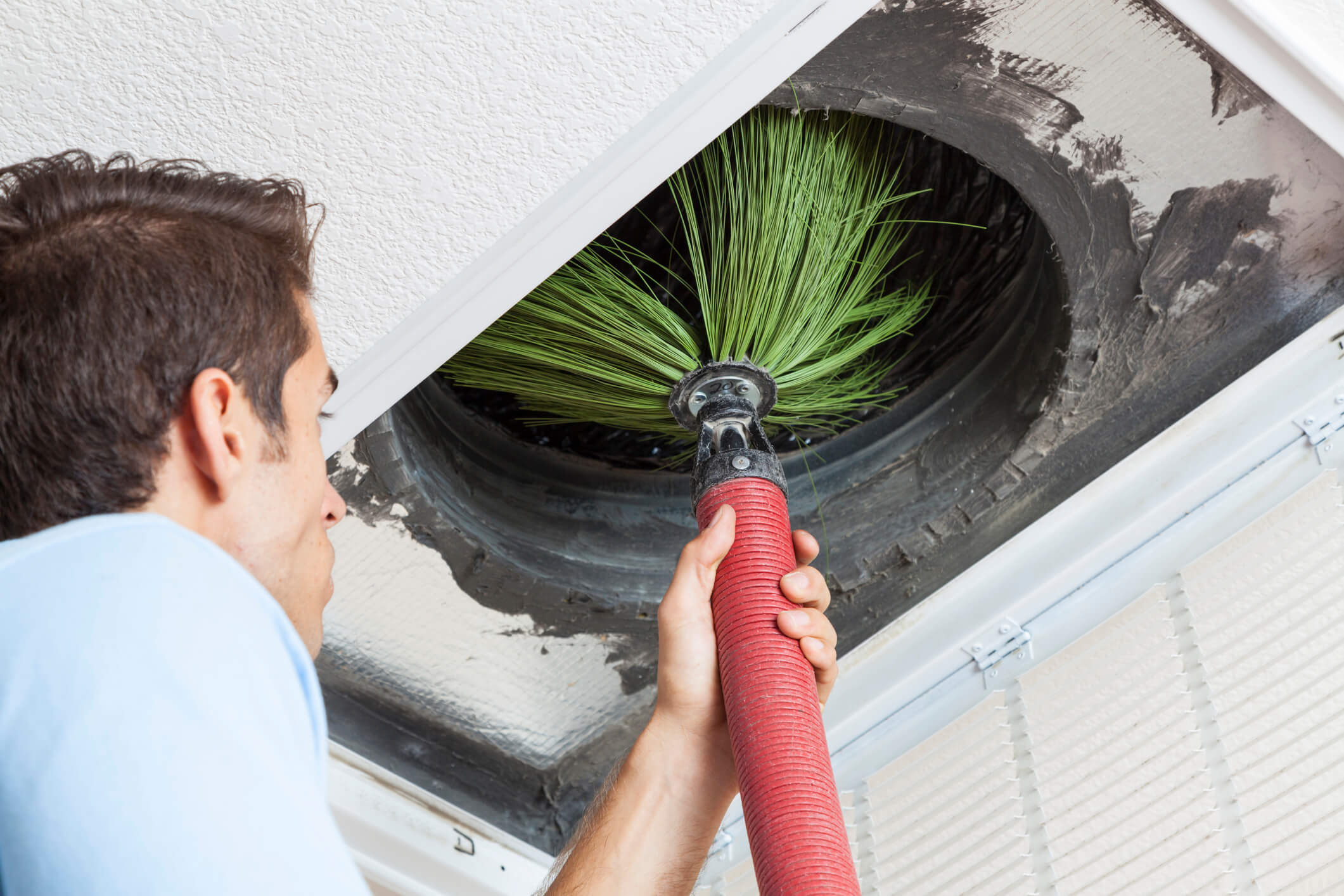
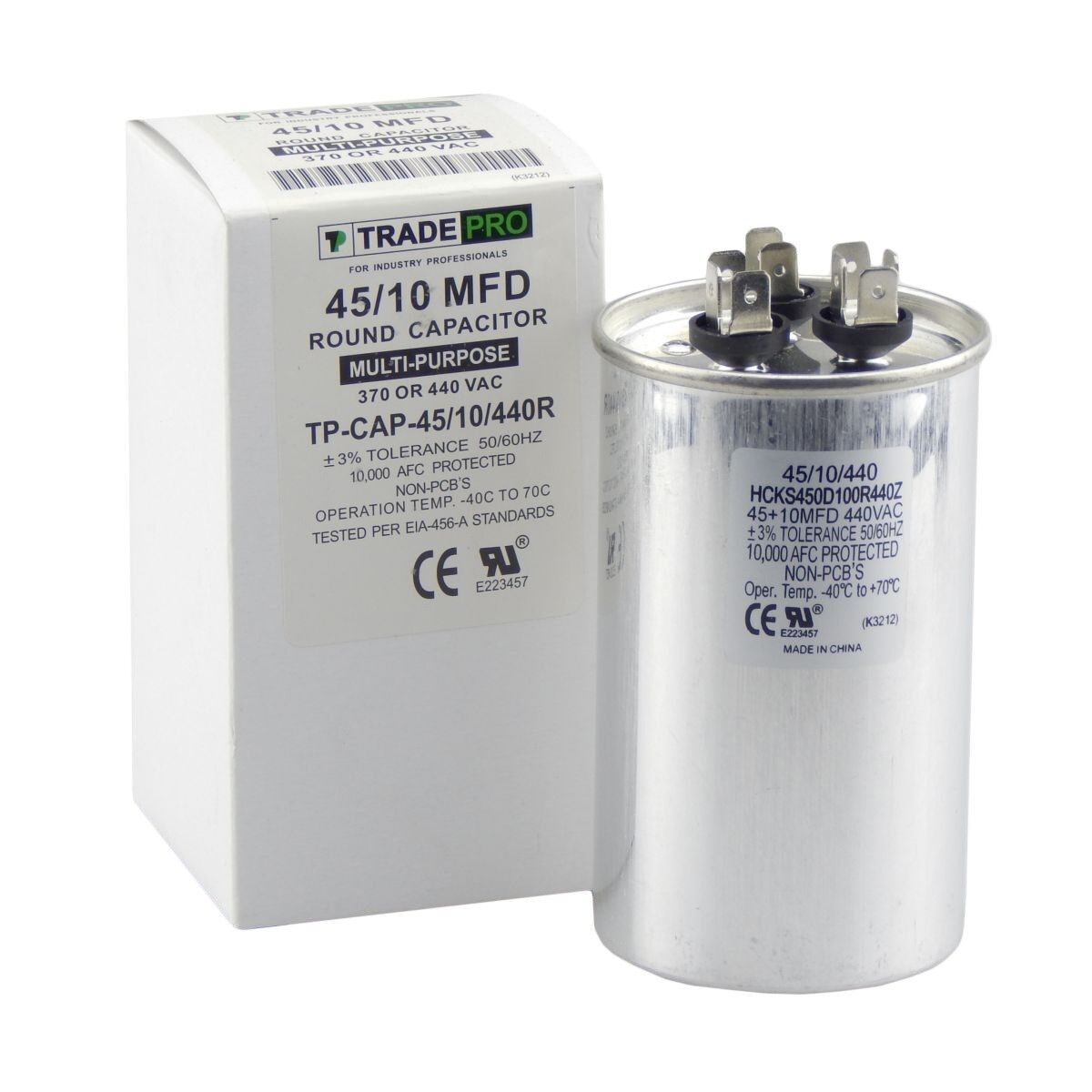
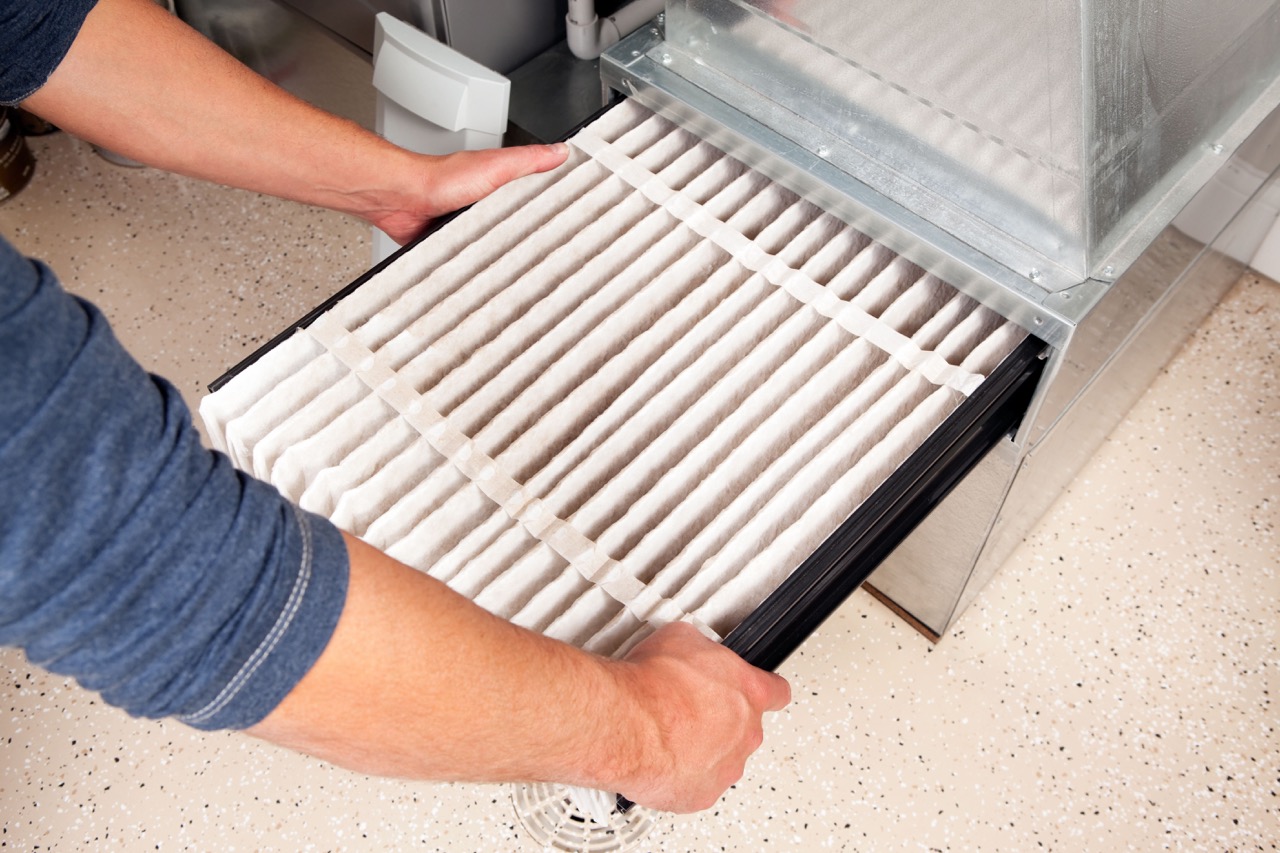
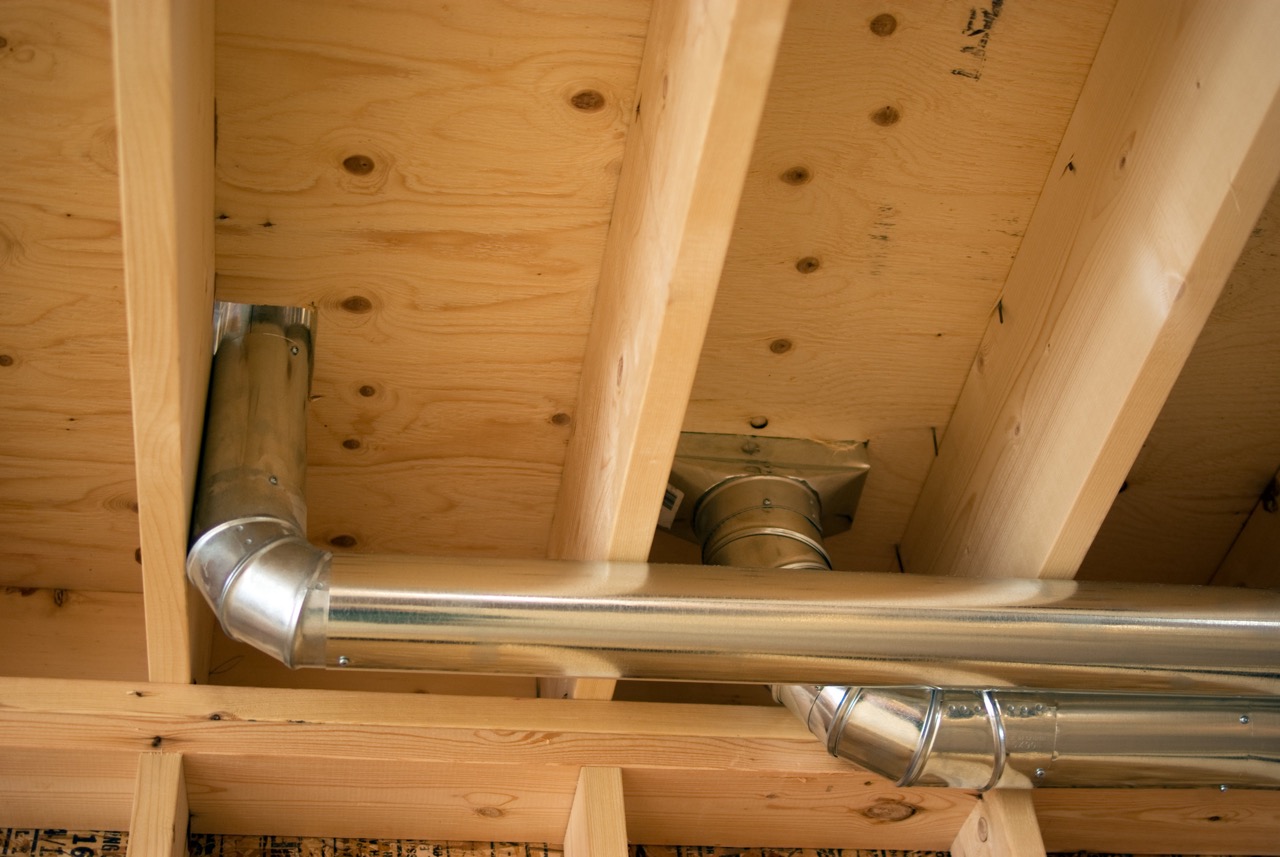
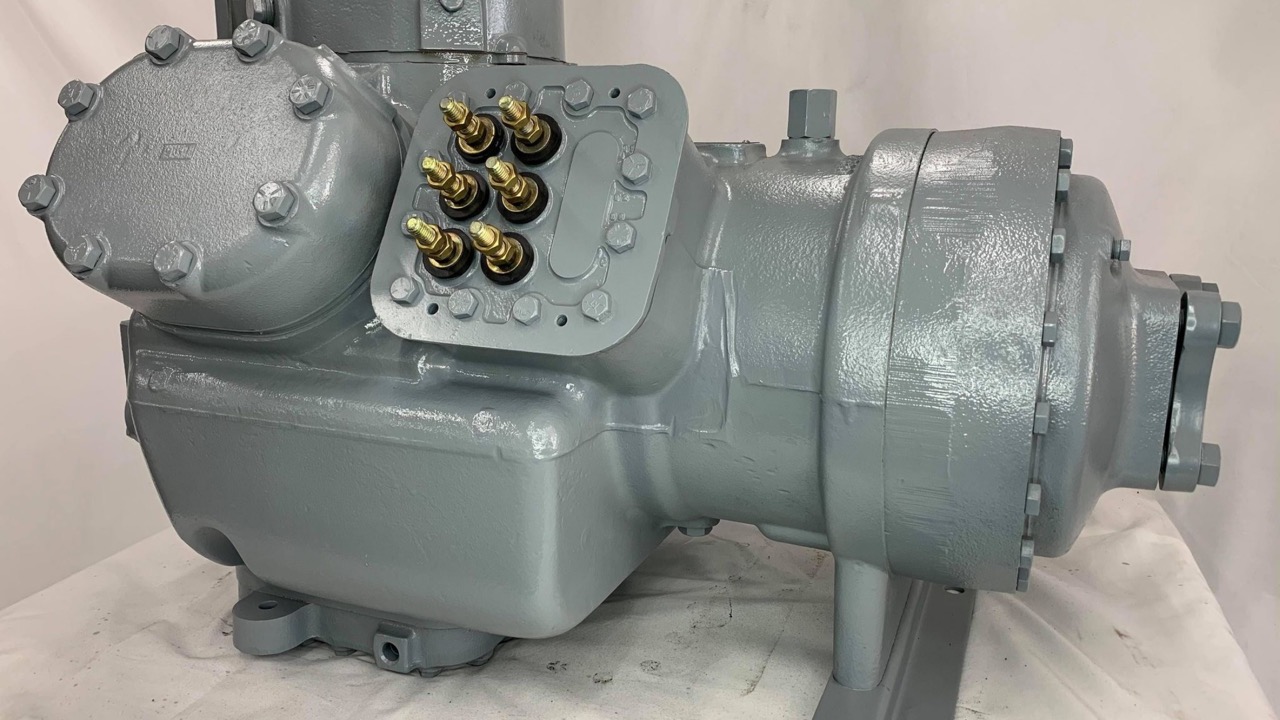

0 thoughts on “How Is The HVAC System Used To Reduce Humidity?”